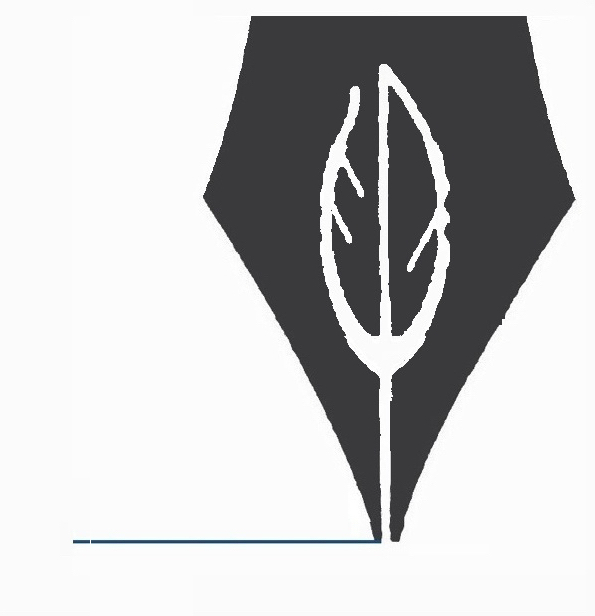Ashbow, Samuel
Samuel Ashbow 1719-November 7, 1795) was the brother of Robert Ashbow (1725-1810), John Ashbow, and Joseph Ashbow (1722-1792) and the husband of Hannah Mamanash, a Wangunk woman. John and Hannah had at least six children—five sons, four of which died in military service during the American Revolution: John Ashbow (b. 1753), Robert Ashbow (d. 1776), Samuel Ashbow, Jr. (1748-1775), Simon Ashbow (d. in the war), and James Ashbow. As a youth, Samuel was student of the reservation schoolmasters John Mason and Jonathan Barber. He converted to Christianity during the First Great Awakening and with several other Mohegans joined David Jewett’s New London Church in 1739. In 1753, he lived at Mashantucket and was a teacher for the Western Pequot there, leaving that position four years later to become an interpreter in the government service. He returned to Mashantucket in 1759 until 1762. With the aim of becoming a missionary among the Oneida, in 1762 he enrolled into Eleazar Wheelock’s Indian Charity School, where he became classmates with Enoch Closs (Delaware), Samuel Tallman (Delaware), Sarah Wyyaugs (Mohegan), Abraham Primus and Abraham Secondus (Mohawk) , Peter (Mohawk), Daniel Mossock (Tunxis), Patience Johnson (Mohegan), and Jacob Fowler (Mohegan). After six months of study, Ashbow obtained his license to preach. He became the minister at Jeningo after being invited by the Native community there, but his mission was disrupted by Pontiac’s rebellion. He then returned to southern New England and continued his religious ministry among the Mohegan, Western Niantic, and other Native communities there as a leader of the New Light Separatists. He was a familiar among the Pachgatgoch in the western corner of Connecticut, having preached to them and a sizable group of white colonists a number of times. Through his marriage, he acquired rights to the Wangunk reservation in central Connecticut and joined with them in petitioning the Connecticut General Assembly regarding the sale of the land. While he visited Occom’s New York settlement at Brothertown in 1793, he never moved there. In the internal political dispute at Mohegan, Ashbow was a supporter of John Uncas, the revival of the colony-endorsed Ben Uncas. During the long-running Mohegan Case, Sir William Johnson suggested that Ashbow travel to London to present evidence to the Privy Council, but it is unclear as to whether Ashbow did actually go. Samuel Ashbow died in Montville, Connecticut on November 7, 1795. Ashbow is regarded as a role model for Samson Occom’s missionary work by some scholars. Others see him as a crucial figure in the spiritual and political revitalization of Native people, a cultural broker between the Native people in southern New England and those in Oneida Country. Lisa Brooks has noted that with Occom and Ashbow’s missionary work, “education flowed both ways . . . While Occom and Ashbow taught the Iroquois reading, writing and principles of Christianity, they learned Iroquois language and diplomacy.” Norwich Packet, Nov. 12, 1795. Love, Samson Occom, 75-78, 197; Silverman, Red Brethren, 51-52; J. Brooks, Collected Writings of Samson Occom, 15, 36, 284, 413; L. Brooks, The Common Pot, 80, 84, 89, 91; Laura Murray, To Do Good, 100; McClure, Letters of Wheelock’s Indians, 33; Starna & Starna, Gideon’s People, 2:247, 266.
